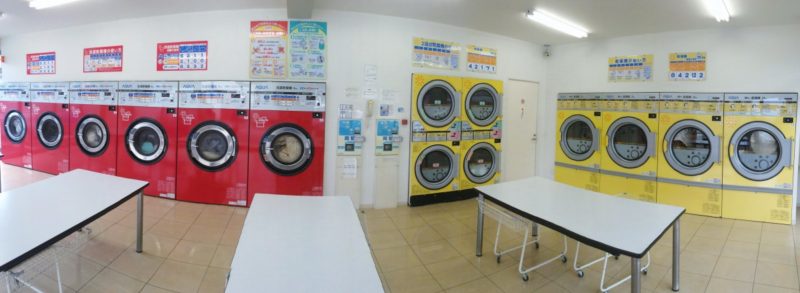Do you want to know what is a heating element? This article will assist you in learning about the heating element. The heating element in a dryer works the same way as an electric heater’s coil. It is made up of an uninsulated metallic conductor that heats up as an electrical current starts flowing through it because of its flow resistance of energy.
The coil will burn out if it becomes too hot. Improper ventilation in the element container, breakdown of protection measures, and a power surge are possible causes of excessive temperatures.
In a clothes dryer, heat or air circulation work together to dry the garments. When the dryer is turned on, it takes air in via a blower wheel, passes it through the heating element, and warms it. It goes through the drum, dust filter, and vent before discharge. The dryer’s functioning depends on proper circulation. T learn more about the heating element in a dryer, you must continue to read.
How Does The Heating Element Works In A Dryer?
Dryers need the heating element to heat the airflow within the dryer drum. The heating element may be installed within a housing that heats the air, travels via a blower, or even a circle heating element installed immediately behind the dryer’s drum. It warms the air within the drum, dependent on the dryer type. The heating element may be defective if the dryer takes longer than average to dry your clothing or if the air inside the dryer never warms up. You can check the heating element to see if it needs to be replaced. This helps you in understanding what is a heating element in a dryer.
What Makes The Dryer To Overheat?
Insufficient venting is the most common cause of dryer overheating, which can happen for various reasons. Because the maximum permissible length reduces with the number of twists in the tube, any vent tubing which takes a convoluted route is much more likely to trigger overheating. Lint clogs vents, but using a lint brush regularly helps keep them free. A clogged lint trap also prevents airflow.
Even though the dryer is appropriately venting air, it might overheat if it is too near the wall. Pure air is required for the air inlet, typically located in the back. Although if the dryer overheats, it should be protected by any one of the dryer’s built-in protections.
Check the cycling thermostat or high-limit thermostat for continuity if the element burns out frequently. If the other thermostat is malfunctioning, the aspect may not turn off if the temperature increases, causing the coils to overheat. Repeated power spikes produced by a fault current might be overheating the coils. This can occur whenever the insulation inside the wire is weakened, which might happen due to overheating. You may also be interested to know about dryer not heating up.
What Are The Indications Of Faulty Heating Element In A Dryer?
Laundry dryers can last long, but simple issues might stop them from drying correctly. If you activate the dryer once it has completed its round to discover still moist garments or predominantly wet, the problem might be a faulty heating element. To identify this, troubleshooting a dryer is simple. Below mentioned are some things to check when this happens.
#1. There isn’t any airflow
Inspect to confirm if the dryer is producing airflow. Sometimes, the heating element works well, but the air in the dryer isn’t moving fast enough to dry the clothes. Knowing before hiring a service technician might save you money by allowing him to carry the component with him. Before calling a service member, always inspect the dryer lint screen. Your dryer will not heat adequately if it is packed.
#2. Make a power check
Verify that the electrical supply is correctly connected and it is receiving power. This is usually a 240v connection, or a voltmeter can show you if this is working or not. Going to the power supply box is another technique to examine this. Test to see if the dryer was heating correctly by turning the dryer switch on and off just a few times. This strategy sometimes is successful in resolving an issue.
#3. Examine the heating element’s continuity
Inspect for continuation on the heating element cable. Pull out the dryer and remove the rear cover to get to the element. While inspecting the heat source, disconnect the dryer. It was a metal container with a long wire coil in it. Use an ohmmeter to check it. Renew the heating element when there is no continuity. The heating element is hidden beneath the front panel on the dryer’s bottom.
#4.Thermal fuse inspection
Check the behind of the dryer for clues. The thermal fuse is commonly found on the outlet pipe of several models. It’ll be tucked away within the rear cover portion. Inspect to see if it’s blown or not. The replacement of the fuse is hard.
It’s A Wrap!
It is excellent to know that you have learned what is a heating element in a dryer. The heating element plays an essential role in a dryer to remove moisture from your clothes. It is also necessary to replace your dryer’s heating element if you notice any indication mentioned above. Thank you, friends, for staying with us. You may also want to read about why does my dryer smell like gas and dryer make a noise when tumbling.

